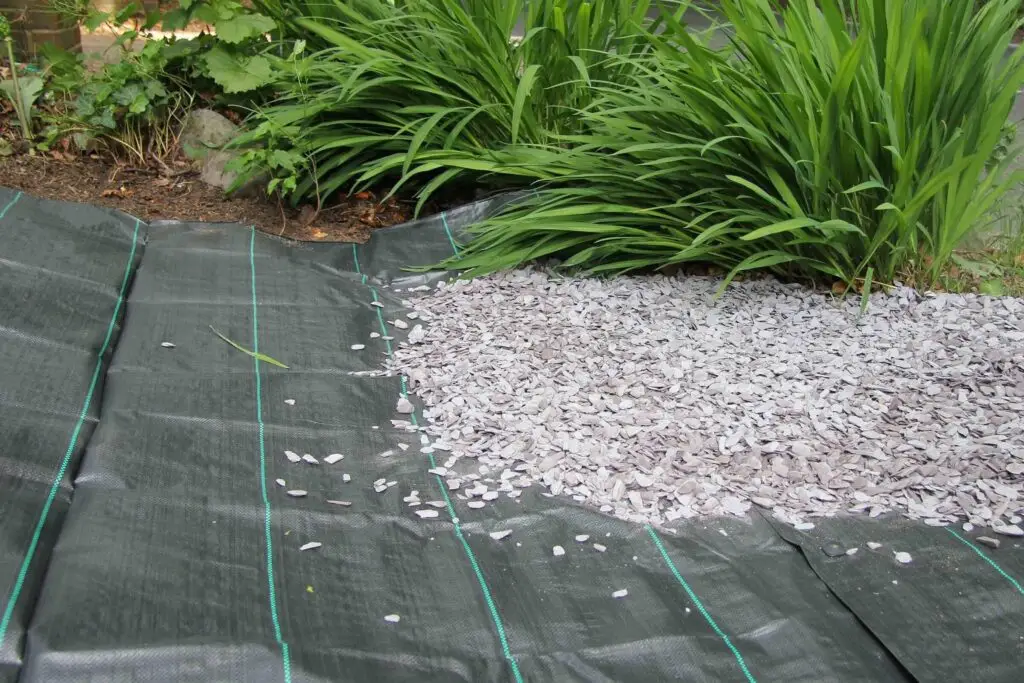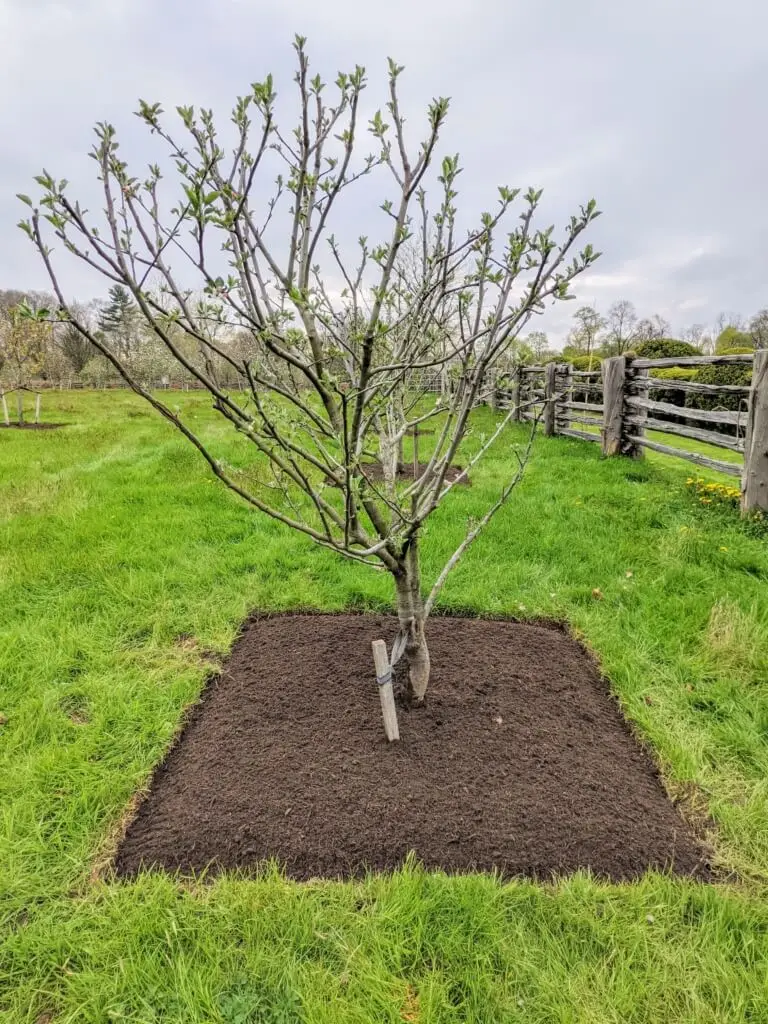Mulching and Weed Control


Why should I mulch?
- It will keep the weeds down so your fig has less competition.
- Over time the mulch will breakdown and improve soil quality. The same way Back to Eden does.
What will I need to mulch my trees properly? It depends on if they are irrigated with drip line or not. If they are irrigated you should put plastic around the tree, if its not irrigated use a mesh so the water can flow though. If you use the plastic in this case the tree may become starved for water and wilt or die.
If you are using plastic, mulch underneath it, if using the woven material mulch over it. The thickness of the mulch layer should be 2 or more inches thick.

What to use?
What can you use for the mulch?
- Most people use pine bark, hardwood bark, or straw. These are not bad choices with the exception of the straw which could contain weed seeds and contaminate this layer.
- Other less common things to use are pine straw, and leaves if you get the pine straw from an old forest there should not be many seeds as the trees choked all of them out. Wood chips are also a good choice they will breakdown slower than bark but will add nitrogen into the soil.
So, let’s list these out and what they do.
- Pine Bark: One of the best choices here, it takes a long time to breakdown so its low maintenance there should also be very few weed seeds in it. It keeps in the moisture very well and it’s easy to dislodge any weeds that start to sprout.
- Hardwood Bark: also a great choice but you have to be careful about what trees the bark came from, you see walnuts have things called juglones this compound inhibits plant respiration, this can stunt or even kill your fig tree if it’s young or sensitive. It will last longer than pine bark and holds water just almost as well.
- Straw: I would be careful about using this as a mulch because of the possibility of seeds. It will also not last as long as the bark or pine straw. It does hold water well. It can also be relatively cheap.
- Pine Straw: This is for us the cheapest as we have plenty of pine forest around us. It lasts longer than straw and should not have too many seeds. It retains water well and is very light and easy to move when dry.
- Leaves: I would be careful about using leaves as some might be walnut or carry diseases, but they do hold water well and are light when dry. They do breakdown quickly so you might have to replace them ever year.
This video is just so you can get your bearings on what each one does, the bark and chips in this case are preferable as well as pine straw.
So now we know what we will need how do you lay down the mulch?
- If you have irrigation installed lay down the mulch under the drip line, then over the drip line put down the plastic. the mulch in this case is mostly to improve the soil quality around the tree and for water retention, not so much to keep the weeds down that is what the plastic does.
- If you let the trees just get rained on or water in only in the summer in other words no irrigation use “landscaping mesh” or weed barrier as it’s sometimes called put this down first then mulch over the top with a thick layer. In this case the weed barrier should mostly keep out the weeds the mulch on top is for water retention.
- The plastic and irrigation are probably the better option, as the plastic will likely hold up longer than the weed barrier, it should also more effectively stop the weeds, the main disadvantage is the greater cost (for the drip line and plastic) and the labor of running the line.
Tips:
- If you are in a very hot climate the heat under the plastic may damage your trees or evaporate to much of the water.
- If you have some trouble with small weeds sprouting on top of the mulch, take a garden rake a rake around the tree this should break the weeds from the soil, so they dry up.


